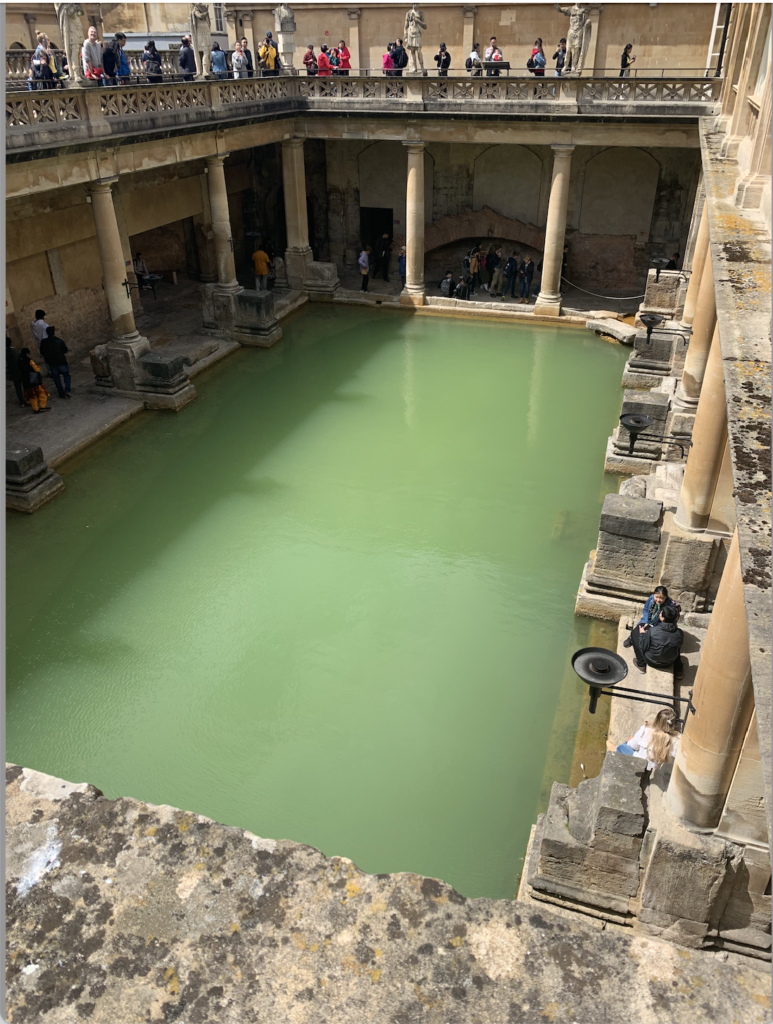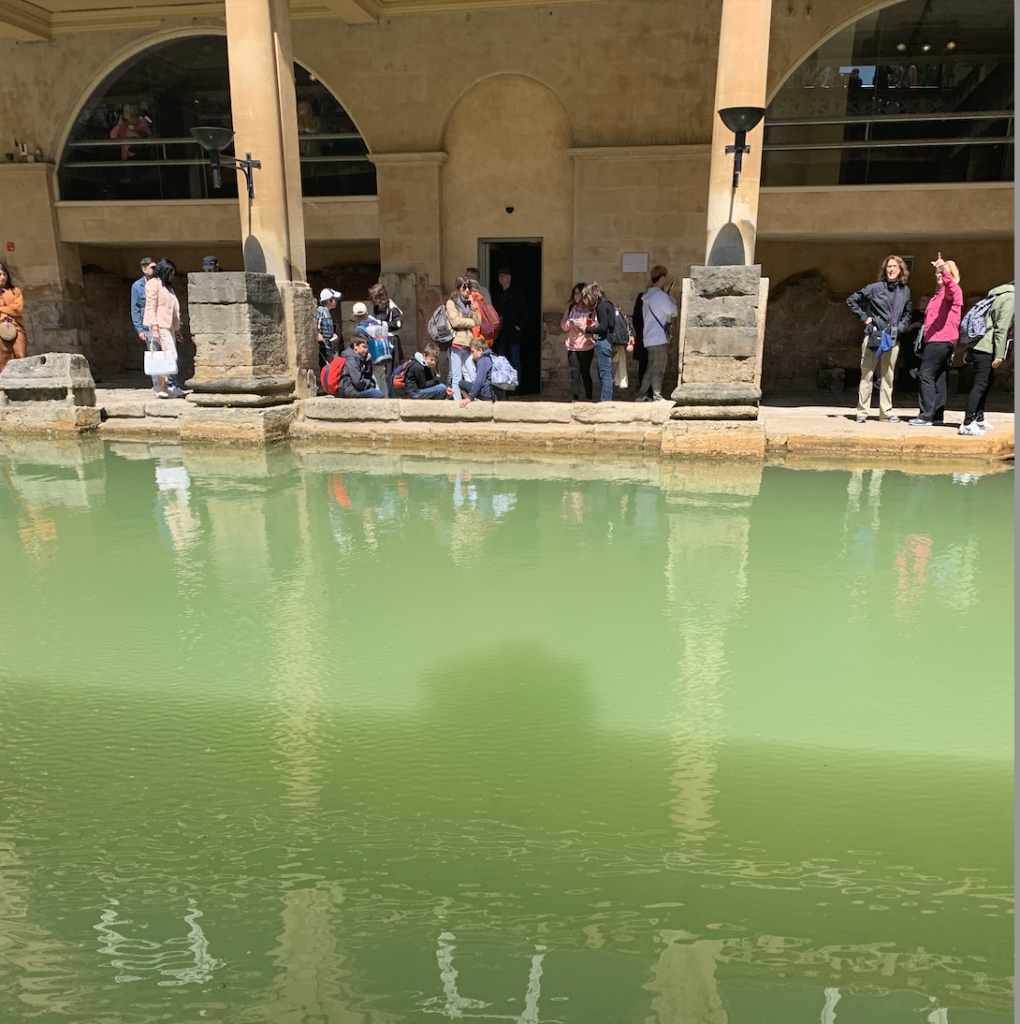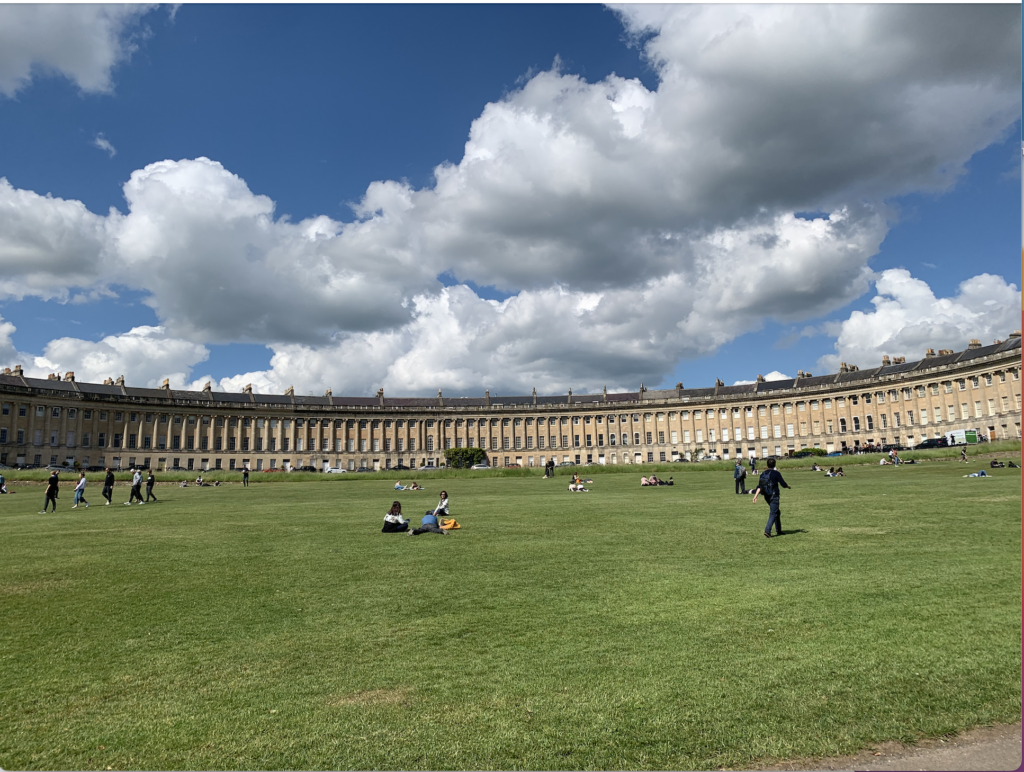Benjamin Henry Latrobe’s most famous and influential work is the literal monument to our democracy. Although the United States Capitol was designed by a multitude of architects in stages. Latrobe had a major influence in designing the Capitol’s south wing which now houses Congress, and renovating the north with where the Senate is housed.
Latrobe was hired by President Jefferson in 1803 to fill the position of “Surveyor of Public Buildings,” with the principal responsibility of constructing the Capitol’s south wing. When examining the south wing in the above picture one can see the essence of Greek Revival architecture that is a fundamental characteristic of Latrobe. This style is a symbol of American Democracy. The Doric pillars along with a facade create an image of a Greek Temple. This temple of Democracy houses our greatest treasure and freedoms.
The Greatest works of Latrobe are housed in the interior of the building. Inside one can see his image of neoclassicism in America. This includes the Hall of the House, the Old Senate Chamber, and the Old Supreme Court Chamber. Each of these designs show the unique touch of Greek Revival envisioned by Latrobe. When walking through the Statue Hall one is amazed by the dome, and the gravity of the marble pillars. You feel as though you are in a temple, and a monument to democracy. The Old Senate Chamber reflects the need for discussion, and the Old Supreme Court conveys the need for thought and reflection.
The Architecture of Latrobe perfectly embodies the ideals of Democracy. One must appreciate the early work of this architect to fully appreciate the buildings where our government is run.














